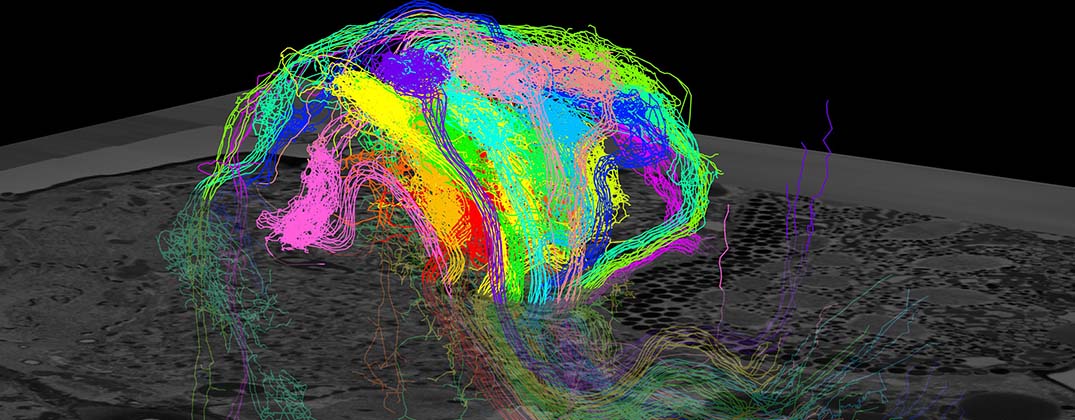A joint technology collaboration from Intel and Lenovo is accelerating the convergence of high-performance computing (HPC) and artificial intelligence (AI) to help scientists at the Flatiron Institute solve scientific challenges in entirely new ways.
The mission of the Flatiron Institute in New York City is to advance the frontiers of research in mathematics and the basic sciences.
“Breakthrough research, like the amazing work being done at the Flatiron Institute, requires breakthrough technology,” says Trish Damkroger, Intel vice-president and GM of its Extreme Computing Organisation. “Through our close partnership with Lenovo, we are able to deliver these leading technologies, including the only CPU with both AI and HPC acceleration built in, to help Flatiron work to solve some of the world’s most complex issues with faster time to insights.”
Flatiron Institute researchers are pursuing advances in biological sciences, astrophysics, quantum physics and computational mathematics. Yet, before the large-scale computing clusters, they were limited in their scientific progress by system constraints that imposed practical limitations in the speed and scope of their system-based research.
“Cosmological simulations like galaxy formation and black hole creation require hundreds of thousands of cores connected to each other to run. Science should dominate our researchers’ time, not computation,” says Dr Ian Fisk, scientific computing core co-director at the Flatiron Institute.
Lenovo and Intel partnered with the Flatiron Institute to dramatically improve and expand its HPC and AI capabilities, so technologies no longer limit its researchers. Research at the Flatiron Institute is conducted with the help of Lenovo ThinkSystem SD530 Dense Rack servers with Lenovo Neptune Thermal Transfer Module (TTM) technology running leading-edge Intel(r) Xeon(r) Platinum 8268 processors, part of the 2nd Gen Intel Xeon Scalable family featuring Intel(r) Deep Learning Boost technology.
“We see high-performance computing and artificial intelligence as the keys to unlocking an entirely new era of untapped potential for customers,” says Scott Tease, GM: HPC and AI at Lenovo’s Data Centre Group. “Seeing some of the greatest minds rely upon our technology to discover answers for some of humanity’s most pressing questions is rewarding. But pushing the boundaries of HPC and AI capabilities even further so more people can benefit is what drives us.”
Picture: Lenovo and Intel power this reconstruction of the visual system of a tiny wasp, which required 500Gb of RAM.
Credit: Flatiron Institute/CCB, Janelia Farm/HHMI, Micro Insect Lab/Moscow State University

